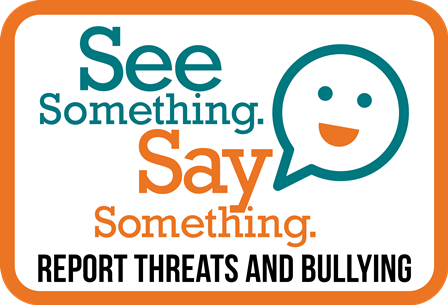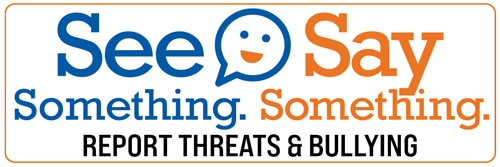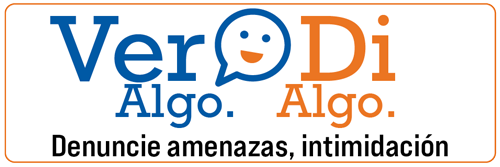CSI: Banana Autopsies
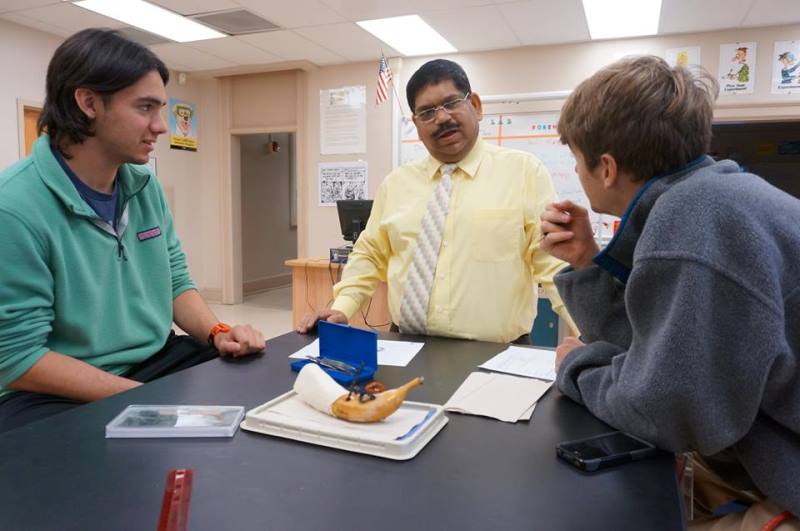 Greenville High Academy forensic science students pull out the forceps, scalpels, and scissors, and put the body in the middle of the lab table for an autopsy. The “body” is a banana, dressed in clothing, sporting a trendy hairstyle, and containing clues as to how and when it was “killed.”
Greenville High Academy forensic science students pull out the forceps, scalpels, and scissors, and put the body in the middle of the lab table for an autopsy. The “body” is a banana, dressed in clothing, sporting a trendy hairstyle, and containing clues as to how and when it was “killed.”
“Today’s lesson is how to handle a crime scene after they’ve found the body,” said Yatin Pradhan, Anatomy and Physiology and Forensic Science teacher. “They have already secured the scene and now they have to decide what to do with the body. They’ll conduct an autopsy to find the cause of death.”
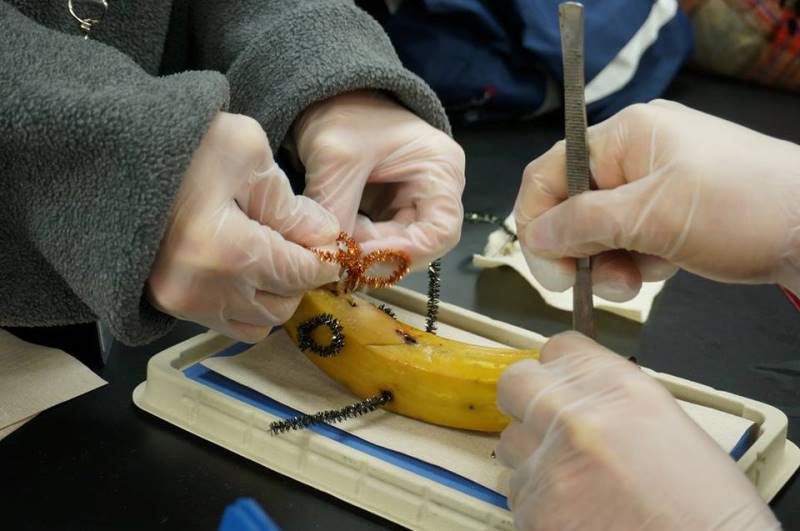 The forensic science class was started at Greenville High Academy five years ago. Students who have completed biology and chemistry are eligible to take the semester-long course that includes fingerprinting, hair and fiber analysis, and a Bertillon lab, named after an 18th century researcher who studied the dead using body measurements.
The forensic science class was started at Greenville High Academy five years ago. Students who have completed biology and chemistry are eligible to take the semester-long course that includes fingerprinting, hair and fiber analysis, and a Bertillon lab, named after an 18th century researcher who studied the dead using body measurements.
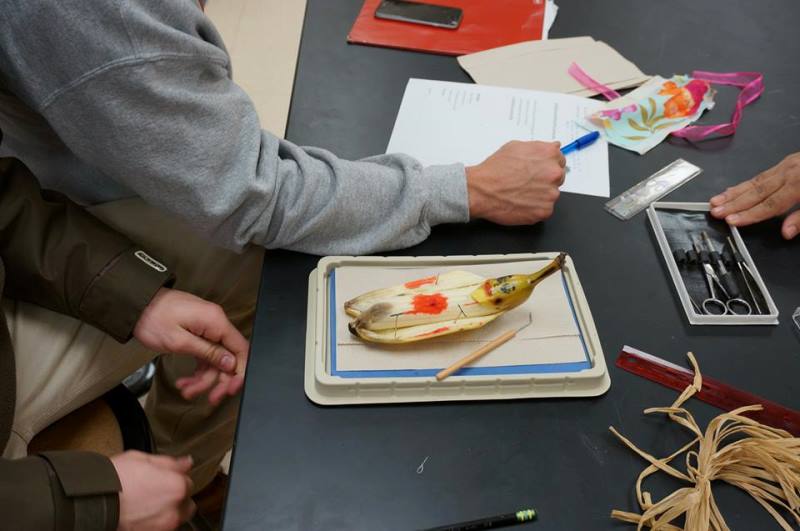 Pradhan came to the United States 12 years ago from India, where he earned master’s degrees in biology and chemistry. He said he came to the U.S. because he wanted to be in an education system that gives teachers more opportunities for hands-on teaching, something that is not common in India. “Here, I can plan my lesson and do it with the students,” he said.
Pradhan came to the United States 12 years ago from India, where he earned master’s degrees in biology and chemistry. He said he came to the U.S. because he wanted to be in an education system that gives teachers more opportunities for hands-on teaching, something that is not common in India. “Here, I can plan my lesson and do it with the students,” he said.
In today’s class, students are using clues to help identify details about their victims based on their clothing and other physical factors. One banana had tattoos, another was wearing a Hawaiian skirt, and a third was wearing an evening dress. They all had gunshot wounds, stab wounds, bruising, or a combination of these factors.
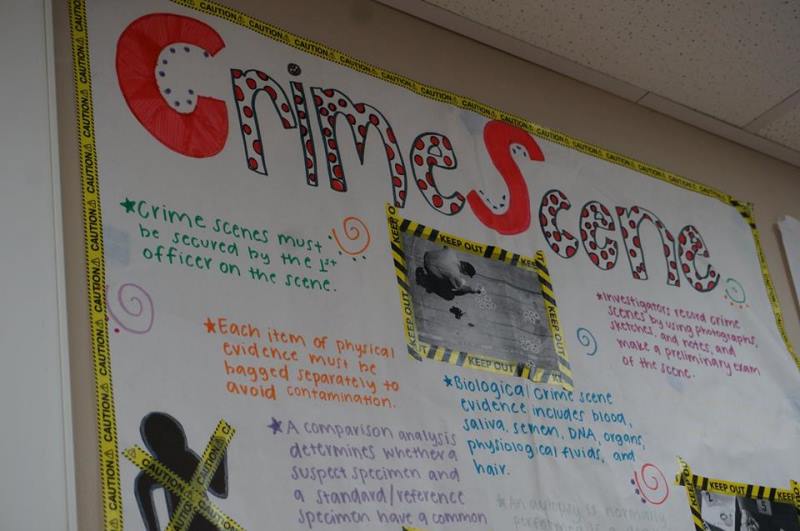 “Some of the victims have been kept in the refrigerator to simulate body conditions if it has been in cold storage for a while,” said Pradhan. “Using a thermometer, the students learn that a body cools the longer it’s kept. They are learning what techniques a medical examiner would perform and are coming up with conclusions.”
“Some of the victims have been kept in the refrigerator to simulate body conditions if it has been in cold storage for a while,” said Pradhan. “Using a thermometer, the students learn that a body cools the longer it’s kept. They are learning what techniques a medical examiner would perform and are coming up with conclusions.”
Ashton Baca and Cleveland Wilson are working together to conduct the autopsy. “We made a Y incision starting close to the throat and going straight down to the bottom region, and then pulled the skin back and clamped it down,” said Ashton. “Then you examine what happened to the victim. He’s been shot twice, once in the nose and once under the left arm. There’s a bruise behind his head.”
“We took his temperature and based on that we can tell how long he’s been dead. He died two nights ago. It took a while to find him,” said Cleveland.
Ashton added that the class is fun and interesting. “You learn things you don’t get in other classes. There is a lot of hands-on and I like that,” he said. Cleveland agrees, saying, “You get to apply the science you learn. You can take notes on autopsies all day but you don’t get to do this kind of hands-on study.”
In addition to the autopsy project, students will practice eyewitness labs that teach the importance of remembering details if they have to give testimony. “How reliable is the eyewitness? They had to notice the color of the clothes and other details and they could not take notes during the scenario. After five minutes they answered a series of 10 questions and found out how hard it was to remember the details,” explained Pradhan.
